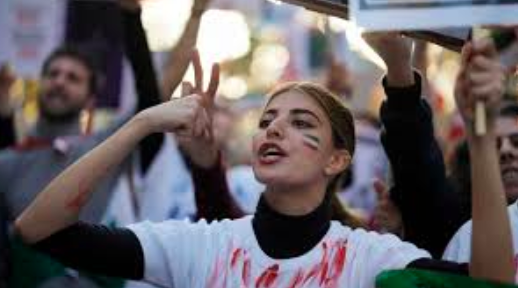
As a reaction against state-imposed religion, secular aspirations have been building up for decades in Iran, and the religious foundations of the current regime are being increasingly questioned, with protest movements in recent years emphasizing “Iran” instead of “Islam.” Mahdi Rezaei-Tazik, a political scientist at the University of Bern, Switzerland, who focuses on criticism of religion in the Middle East, writes in the Neue Zürcher Zeitung (June 27) on these developments, which have been cited several times in RW (March 2020, February 2023). In 2023, a senior cleric, Mohammad Abolghassem Doulabi, expressed concern about the weakening of religion in the country, with 50,000 of Iran’s 75,000 mosques closed, an indication of declining attendance. Rezaei-Tazik stresses that this represents a process that has been unfolding for a long time already, with people rediscovering the works of 19th-century Iranian authors who had been critical of Islam. One can also notice a growing interest in the country’s pre-Islamic past, with some people both in Iran and in the Iranian diaspora switching from Muslim to old Persian first names and the use of old Iranian rather than Islamic practices during weddings.

Iran had been on a state-enforced secular path until the 1979 Islamic Revolution completely reversed this trajectory, notes Ali Sarihan (St. Mary’s College of Maryland) in an article on the ascendancy of secular trends in Iran (Religions, May 3). But globalization has “spurred the growth of secularism throughout the nation.” Sarihan identifies here four key factors driving secularization: cultural exchanges, with young Iranians gaining unprecedented access to global music, literature, films, and fashion that introduce secular ideas and lifestyles; information access, with the rise of the internet and social media; educational opportunities, since the number of Iranian students studying abroad has nearly doubled from 60,000 to 110,000 in just four years; and comparative awareness, allowing Iranians to observe the freedoms and prosperity in secular societies and leading many to question their own government’s restrictions.
In addition, the Islamic Republic’s shortcomings (poor economics, leadership crisis after Khomeini, internal dissent) have inadvertently fueled secular movements. Among younger people, a post-Islamist movement has emerged, with a new generation arguing that Islam was neither the solution to nor the cause of society’s problems and advocating instead for secular governance. Moreover, the 3 million-strong Iranian diaspora has played a crucial role in promoting secular trends, and rapid urbanization in Iran has also had a significant impact. “Modern Iran is increasingly at odds with its traditional roots,” Sarihan writes. According to him, “secularism serves as an umbrella that unites various opposition groups and reformists against the regime.” But until now, the regime has been wary of making concessions that “could lead to further demands that would ultimately threaten its power.”
(Religions, https://www.mdpi.com/2077-1444/16/5/592)